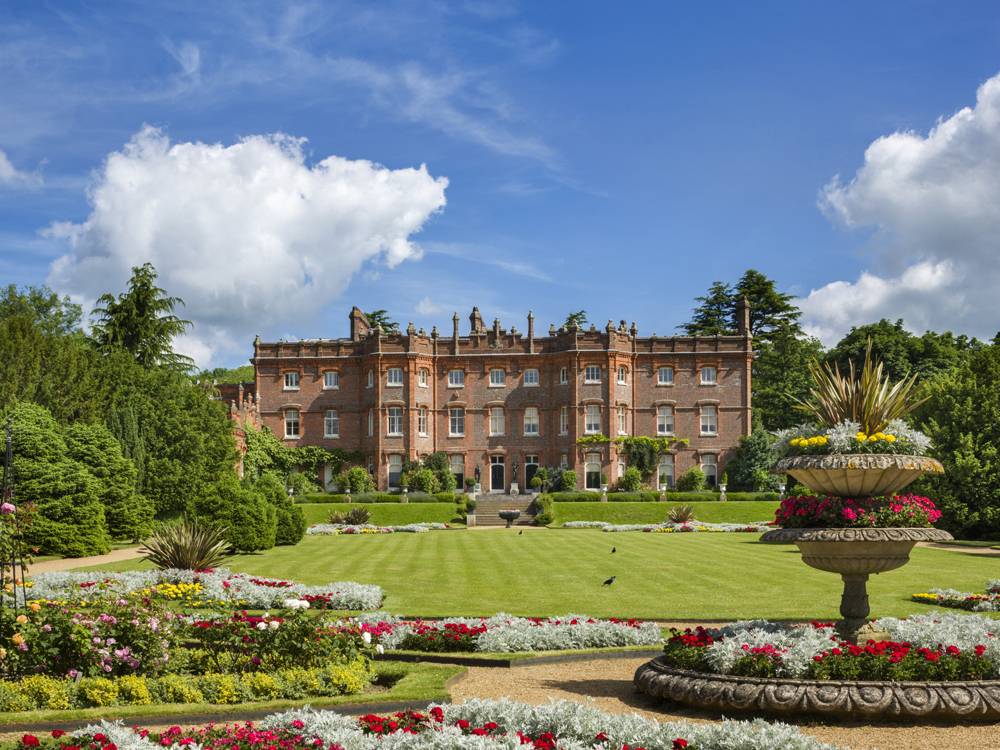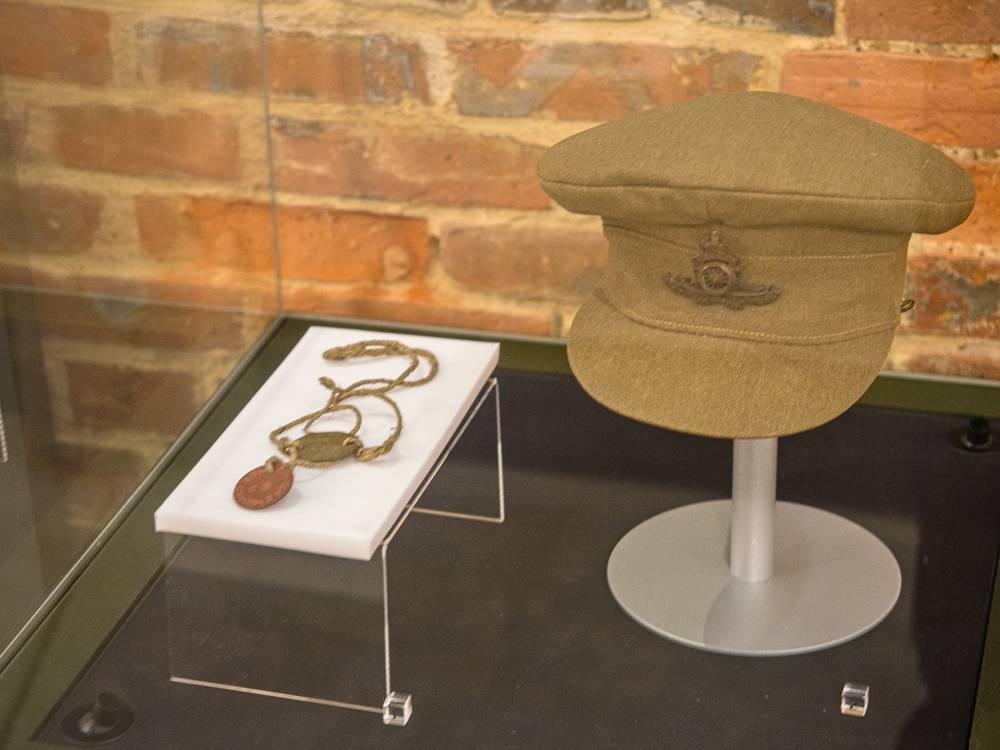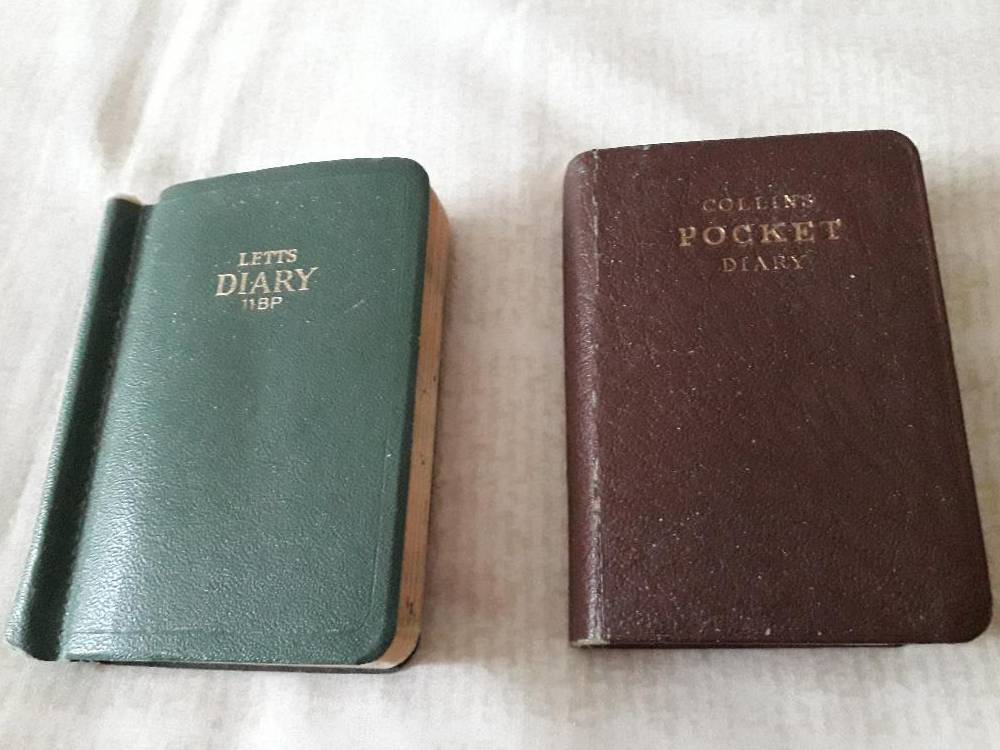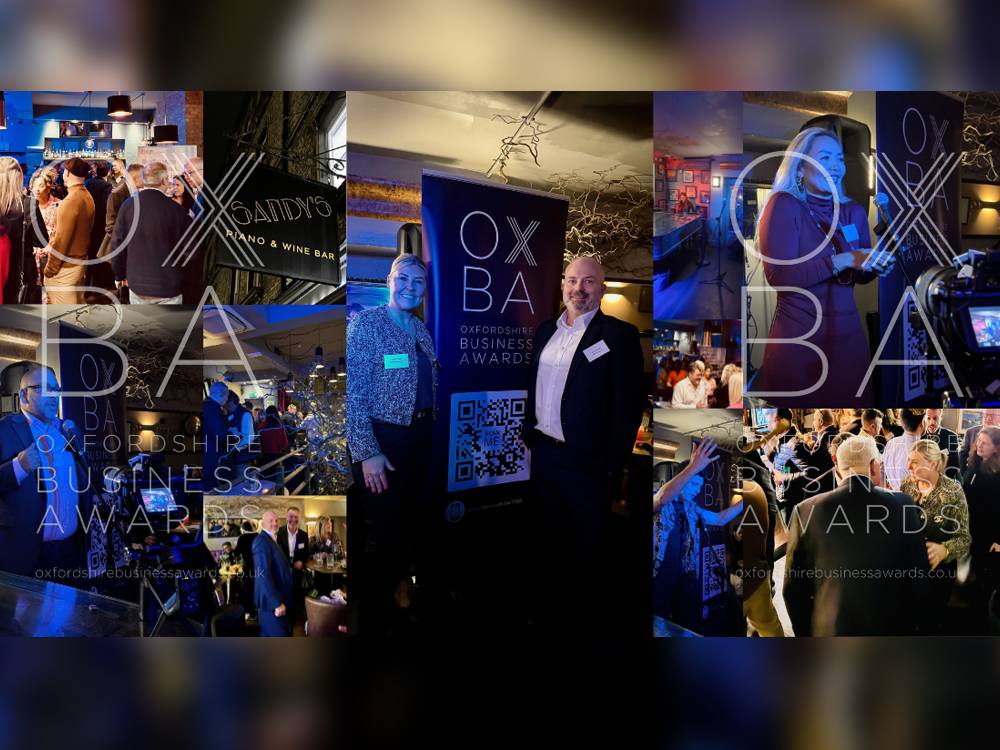Myths & Mythmaking, the new exhibition at Hughenden Manor until autumn, explores how Victorian Prime Minister Benjamin Disraeli created his own living legend. Katy Dunn of the National trust tells us more
A new exhibition at Hughenden Manor has opened which explores how Victorian Prime Minister Benjamin Disraeli carefully curated his own image and used Hughenden as stage and backdrop for creating his own legend.
Benjamin Disraeli was described as ‘the most potent myth-maker in British history’ by his biographer, Lord Blake. New interpretation at Hughenden Manor explores how Disraeli carefully cultivated his public identity and used the Manor as the setting for shaping his personal narrative.
Despite humble beginnings, Disraeli boldly claimed grand Iberian and Venetian ancestry. He went on a Grand Tour to the Mediterranean and Ottoman Empire and styled himself as a Byronic figure when he returned. Then, as his political ambitions increased, he remodelled himself again to join the ‘squirearchy’. Owning land was essential to his rise within the Tory party.
Hughenden was more than just a home, it was a country seat to bolster his political image, allowing him to present himself as a member of the establishment and serious political thinker rather than an opportunistic dandy. When he was finally ennobled in 1876, he chose as his title, Earl of Beaconsfield, the name of a fictional character in his first novel, Vivian Grey, written 50 years earlier.
Rob Bandy, House and Collections Manager at Hughenden said: “Benjamin Disraeli was Queen Victoria’s favourite prime minister. He was probably one of the wittiest, most engaging, most human, most fascinating characters of the Victorian period. He curated his own public image and became his own creation. His political climb was stratospherically successful and when he became Earl of Beaconsfield, it was poignant for him as after half a century, it was a literary destiny fulfilled.”
As an author, politician and public figure, Disraeli was both comfortable and accomplished at storytelling. He was an avid reader, immersing himself in literature from ancient Nordic myth to the Classics. This is reflected in his library and writings, but also extends beyond the page to Hughenden’s manor, garden and parkland.
As visitors explore, the myths Disraeli wove into fabric of the estate are revealed. From the Aesops fables depicted on the library ceiling to the German Forest he created in the grounds, every manipulation was designed to contribute to his personal image. The exhibition also explores contemporary parallels in the way that we curate our own story on social media.
Myths and Mythmaking is now open at Hughenden 11am-4.30pm


















Comments